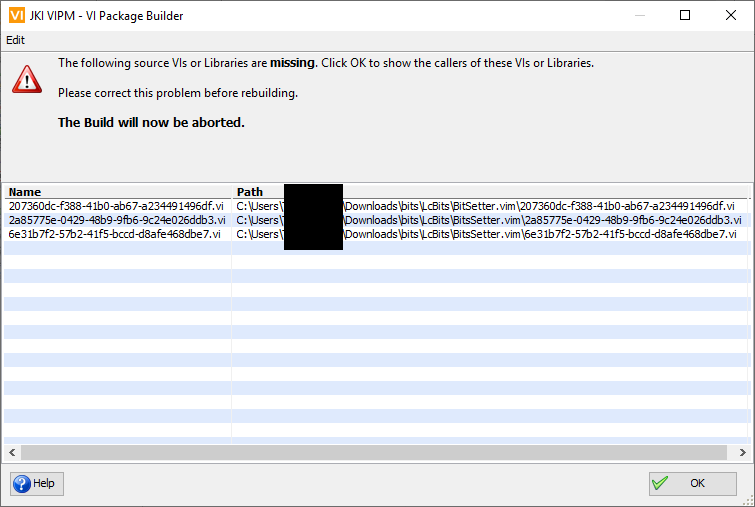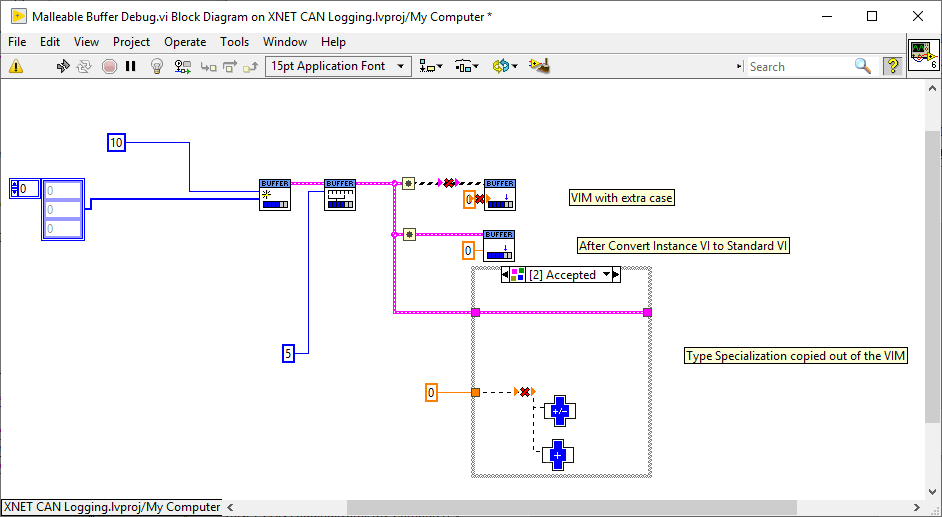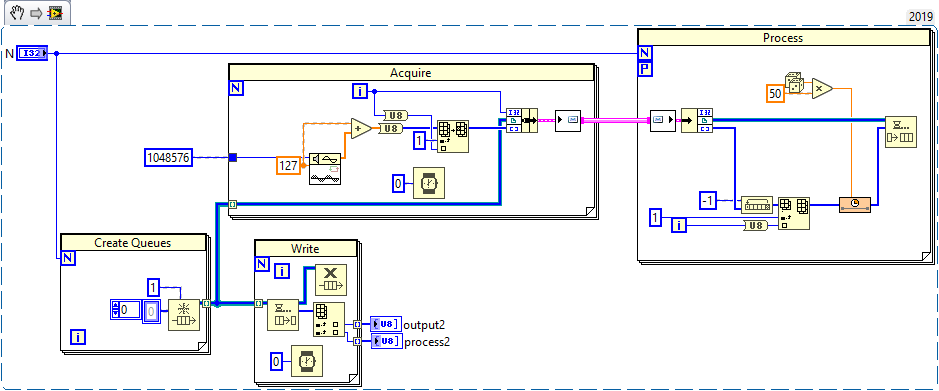I played around with the continuous and finite examples using a 9205 (mine is in a 9178 chassis, but that shouldn't matter), and analog start triggers configured on the same AI as the task's first channel seem to work for RSE continuous measurements, but not differential measurements. They also seem to work for Differential finite measurement, but trigger off the channel configured, not the differential pair. Continuous differential measurements exhibit the same behavior in NI's examples as in your code.
A continuous measurement doesn't make much sense for your application, as you are only measuring once after the trigger.
Once you do get triggering working, you may be able to use DAQmx connect terminals to route the AnalogComparisonEvent (you can find this if you enable advanced terminals in the I/O Name Filtering) to another card, which could then be used to drive circuits without any software timing involvement. If you change to the 9178 or 9179 chassis, one of these terminals could be the BNC connections on the chassis itself.








